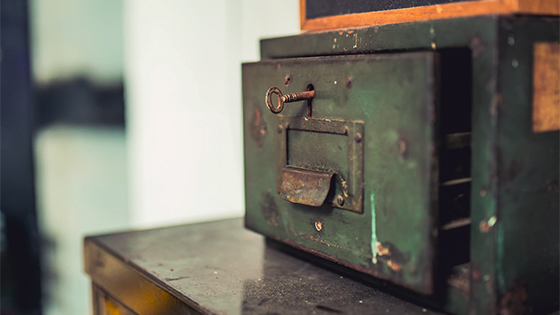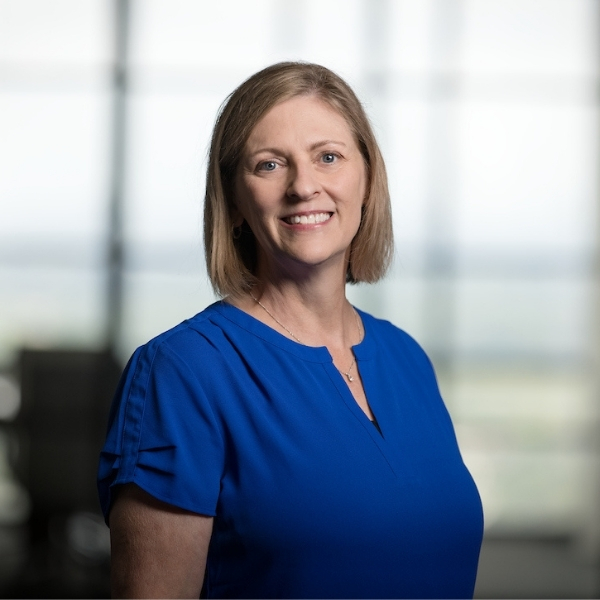How to Rebuild Your Not-for-Profit’s Operating Reserves

Events of the past year put a dent in many not-for-profit’s operating reserves. Perhaps you tapped this stash to buy personal protective equipment or to pay staffers’ salaries when your budget no longer proved adequate.
As the pandemic wanes and economic conditions improve, you’ll need to start thinking about rebuilding your operating reserves.
Back on Steady Ground
Assembling an adequate operating reserve takes time and should be regarded as a continuous project. Obviously, it’s nearly impossible to contribute to reserves when you’re under financial stress. But once you feel your not-for-profit is on steadier ground, your board of directors needs to determine what amount to target and how your organization will reach that target. It’s also a good time to review circumstances under which reserves can be drawn down.
Reserve funds can come from unrestricted contributions, investment income and planned surpluses. Many boards designate a portion of their organizations’ unrestricted net assets as an operating reserve. On the other hand, funds that shouldn’t be considered part of an operating reserve include endowments and temporarily restricted funds. Net assets tied up in illiquid fixed assets used in operations, such as your buildings and equipment, generally don’t qualify either.
Protection and Flexibility
Determining how much should be in your operating reserve depends on your organization and its operations. Generally, if you depend heavily on only a few funders or government grants, your not-for-profit probably will benefit from a larger reserve. Likewise, if personnel costs are high, your organization could use a healthy reserve cushion.
Three months of reserves is typically considered a minimum accumulation. Six months of reserves provides greater security. A three-to-six-month reserve should enable your organization to continue its operations for a relatively brief transition in operations or funding. Or, in the worst-case scenario, it would allow for an orderly winding up of affairs.
An operating reserve of more than six months provides greater protection if, for example, something similar to the COVID-19 lockdown occurs again. And a bigger reserve can give you financial flexibility. For example, you might have the funds to pursue a new program initiative that’s not fully funded, or to leverage debt funding for needed facilities or equipment.
To learn more about how PKF Texas serves not-for-profit organizations, visit www.pkftexas.com/NotForProfit.

